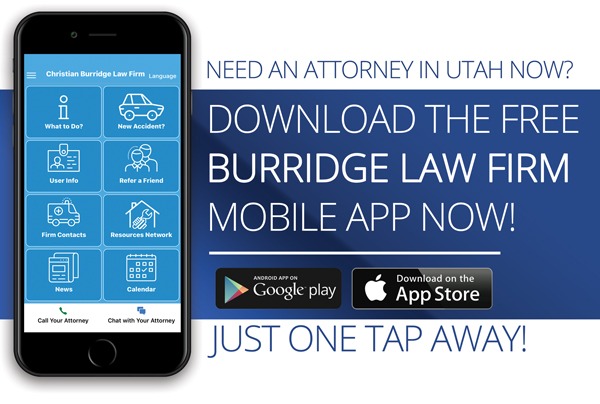he First 5 Minutes: Immediate Actions After Being Rear-Ended
Being rear-ended can be jarring and disorienting. Knowing exactly what to do in those critical first moments can protect your health, safety, and legal interests.
Safety First: Check for Injuries
Before anything else, assess yourself and your passengers for injuries. Even minor collisions can cause whiplash or other injuries that aren’t immediately apparent. If anyone is hurt, call 911 immediately and try not to move the injured person unless necessary for safety.
Move to Safety if Possible
If your vehicle is drivable and blocking traffic, carefully move it to the shoulder or a nearby parking lot. Turn on your hazard lights to alert other drivers. If you can’t move the vehicle, leave it where it is and get yourself to a safe location away from traffic.
Call the Police
Even for minor rear-end collisions, it’s important to have an official police report. Call the non-emergency police number unless there are injuries or significant road hazards, in which case call 911.
Exchange Information
While waiting for police, exchange contact and insurance information with the other driver. Get their:
- Full name and contact information
- Insurance company and policy number
- Vehicle make, model, and license plate number
- Driver’s license number
Document the Scene
Use your smartphone to take photos of:
- Damage to all vehicles involved
- The overall accident scene
- Road conditions
- Any visible injuries
- Traffic signs or signals in the area
Taking these immediate steps sets the foundation for a smoother claims process and protects your interests in what can be a stressful situation.
People Also Ask
- Is Utah a no-fault state for car accidents? Yes, Utah is a no-fault state. This means that after an accident, your own insurance pays for your medical expenses regardless of who caused the accident, through Personal Injury Protection (PIP).
- What are the damages of being rear-ended? Common damages include vehicle damage (bumper, trunk, frame), physical injuries (whiplash, back pain, head injuries), and financial losses (medical bills, lost wages, diminished vehicle value).
- How is fault determined in a car accident in Utah? Utah uses a modified comparative negligence system. While the rear driver is typically presumed at fault in rear-end collisions, investigators consider factors like road conditions, vehicle maintenance, and driver behavior.
- What counts as a rear-end in an accident? A rear-end collision occurs when a vehicle strikes the back of another vehicle. This includes impacts to the bumper, trunk area, or any portion of the back of the vehicle ahead.



